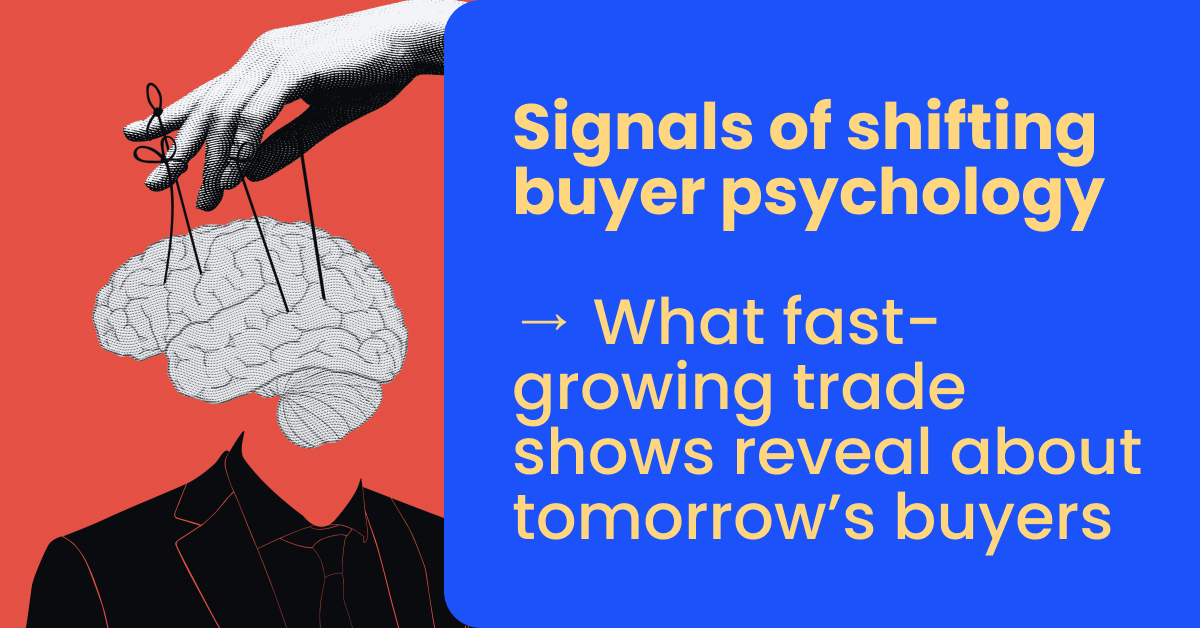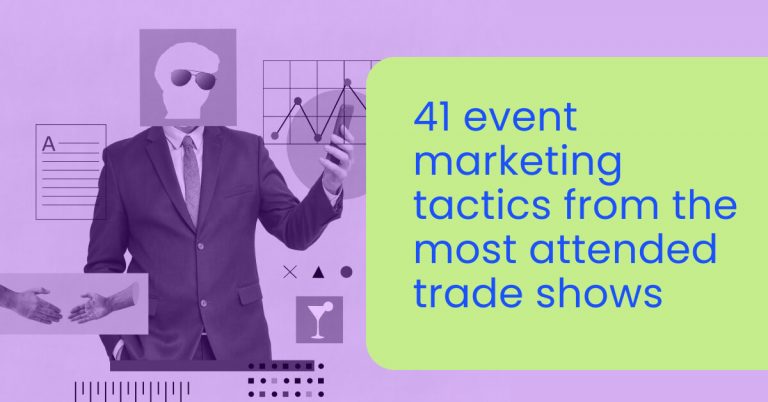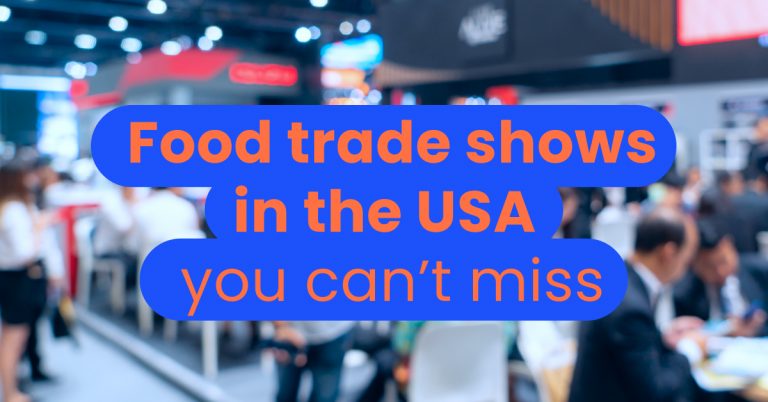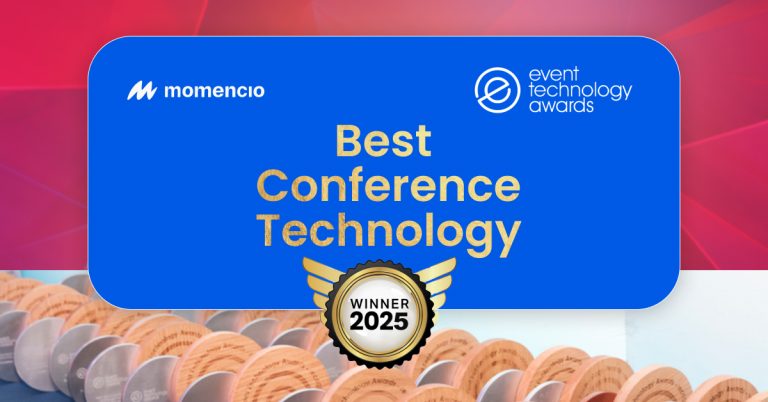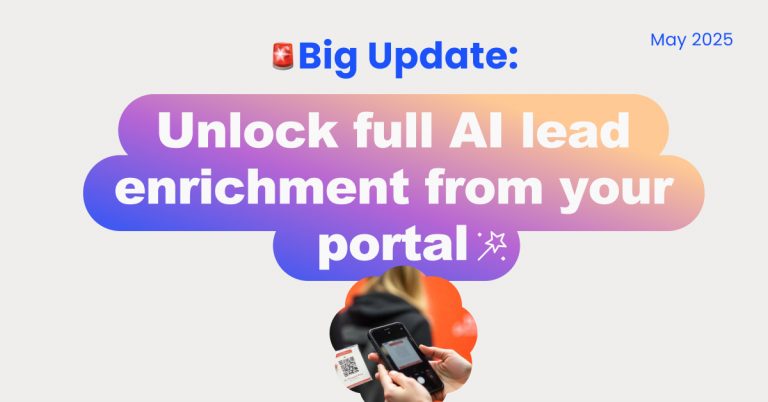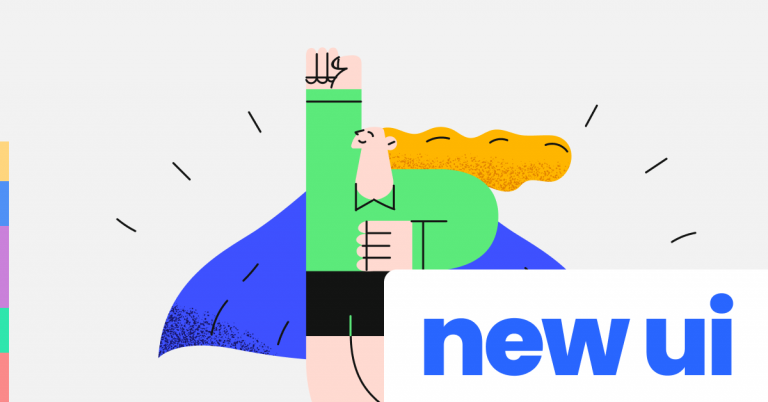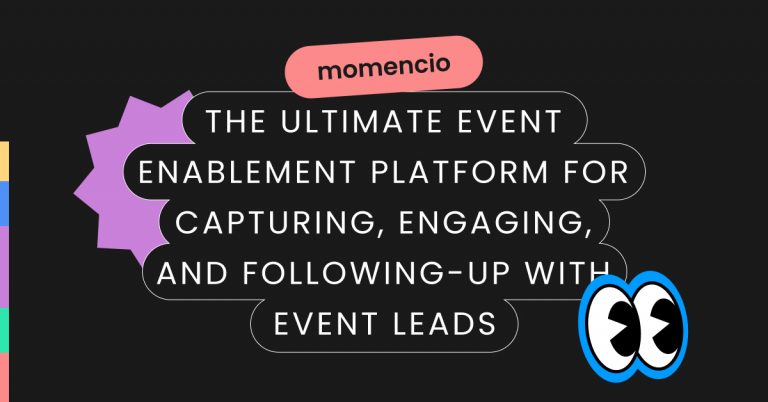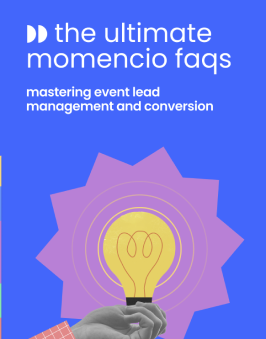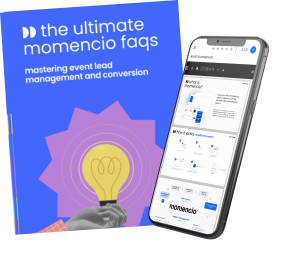Read the mind, not the map
Trade shows are often described like real estate. Bigger halls, longer exhibitor lists, record registrations. Those facts are fine, just not useful on their own. What matters is the meaning behind the movement. When a show swells quickly, a large group of buyers has changed its mind about something. That is the real signal. That’s the real story.
In the last three years, we have seen consistent surges across a wide set of U.S. events. At one end you have tech’s bellwether, CES, confirming global draw and executive turnout. At the other, you have newer or sector-specific plays, from MCON in the creator economy to RE+ in clean energy, showing surprising acceleration. The surface pattern is growth. The deeper pattern is psychology. Our aim here is to translate those patterns into strategic moves any executive can use. And the bridge between pattern and action is intelligence. That is where momencio lives in this story. It listens in the booth, structures the chaos, and feeds your sales team exactly what buyers actually care about.
The convergence mindset
Imagine a buyer walking the open aisles at CES. She leads product for a mobility company. Her calendar has meetings with a lithium storage startup, a healthcare wearables vendor, a cloud platform, and a content studio. None of those used to sit in the same neighborhood. They do now. Convergence has collapsed distance between categories. The buyer’s mental model is no longer “pick a device.” It is “orchestrate a system.”
We see the same collapse in supply chain. ProMat reports record footprint, exhibitor count, and education activity. That is not a love letter to forklifts. It is a signal that automation, labor, energy, and data are now one conversation. Vendors who arrive with a single-track pitch get sidelined by vendors who show how the whole machine fits together. The lesson is straightforward. Talk to the system, not the silo.
What changes with momencio: convergence creates fragmented notes and partial memories. Ten short chats, four content hand-offs, one good demo, and a stack of cards that all blur by day two. momencio links every conversation to a living microsite for that specific account, tracks which elements attract attention, and shows the salesperson the throughline buyers are drawing. You stop leaving with fragments. You leave with the buyer’s actual narrative, ready for a crisp follow-up that meets them where their system thinking already is.
Sustainability as a buying filter
Three rising shows tell one story. RE+ keeps expanding because clean energy is no longer a side project. MINExpo International saw a step change in exhibitors and attendees because heavy industry is under pressure to modernize with credible environmental gains. AHR Expo posted strong verified turnout with a footprint that shows HVAC is central to the urban carbon story. Different sectors, same psychology. Buyers are filtering options through a sustainability lens. When choices are close on price and performance, the option that supports an ESG story wins inside the boardroom.
This filter is specific, not abstract. Some buyers focus on compliance. Some on lifetime cost. Others on brand reputation. The only way to sell into that spread is to detect which lens the person in front of you is actually using. If they click efficiency benchmarks three times in your microsite and skip the general brochure, momencio flags it, scores it, and tells sales what to emphasize next. You are not guessing at values. You are reading them in real time.
Credibility has moved to communities
A few years ago, almost no one would have predicted that a young creator-economy event would post triple-digit jumps, earn top growth honors, and reset expectations for media-led shows. Yet MCON did exactly that. In fashion, MAGIC Nashville went from promising to agenda-setting. In foodservice, The Pizza Tomorrow Summit earned recognition as a breakout in exhibitor growth. The shared pattern is not marketing budget. It is community gravity. Buyers move where their peers and creators are. Authority has slid from institutions to networks of people they trust.
For exhibitors, broadcast talk tracks are not enough. What matters is circulation. Who forwards your content inside their org. Which advocate shares your microsite after hours. Which manager bookmarks your demo cut for the team stand-up. momencio reveals those invisible routes by tracking asset shares and micro-revisits. It shows sales the genuine internal champions and the routes of influence that never show up in a badge scan.
Attention is the currency
What is actually growing at retail and hospitality events?
Not just vendor tables. The appetite for immersion is growing. People go to NRF and The Hospitality Show because these floors are built like working labs. That raises the bar. A static spec sheet stands no chance near a live scenario where a buyer can try the idea on.
Why does that matter to revenue?
Because attention is scarce. If you do not capture it and convert it into a next step while it is fresh, it evaporates.
Where does momencio help?
When someone inside the account opens your microsite from the badge scan follow-up, or returns to it on the flight home, momencio turns that moment into a signal. Sales gets a nudge with context, not just a name. The right rep moves first with the right angle. That is how attention becomes pipeline instead of a memory.
Hypergrowth is a stress test – why bigger can break you
A fast-growing show looks like pure opportunity. It is also a stress test. The volume of conversations climbs. The number of similar vendors climbs. The number of topics in each conversation climbs. This is not a simple scale problem. It is a complexity problem. In psychology that shows up as decision fatigue. In revenue terms it shows up as slow follow-ups, mixed messages, and lost momentum.
Take a look at the load in supply chain. ProMat 2025 registered above fifty thousand, with more than a thousand exhibitors and a footprint that stretched across the venue. That density rewards systems and punishes improvisation. Teams with a capture-to-follow-through loop turn volume into clarity. Teams without it end the week with a fog of notes and a punch list that collapses the moment they return to email.
This is the moment to stop counting scans and start building a lead intelligence asset. momencio is designed precisely for that job. It takes notes, content interactions, and live context from the booth, binds them to a living microsite for each prospect, and keeps score on real engagement so your next move is obvious. Complexity stops being scary when each action is guided by what the buyer actually did.
An analytical lens – treat growth as a market early-warning system
If you lead a business unit, trade show growth is a helpful early-signal.
- RE+ points to long-term energy transitions with real budgets behind them.
- AHR Expo points to infrastructure attention and retrofit cycles that will run for years.
- CES points to cross-industry convergence that will reshape roadmaps beyond consumer tech.
You do not need to bet on every growth show. You do need to read them like economic indicators. If your buyers are migrating, your positioning should travel first.
Once you decide to show up, bring an intelligence engine. momencio takes the raw inputs of a busy floor and converts them into crisp signals about what the market wants. You can adjust messages mid-event. You can tailor your microsite for a cluster of similar accounts. You can see which threads catch across multiple teams and which threads die. That feedback loop makes leadership look prescient, not lucky.
Decode, design, deliver
A simple field framework keeps this practical.
Decode
- Before the event, classify the show’s likely psychological drivers. Is this a convergence environment. A sustainability-heavy floor. A community-cred scene. An experiential showcase. Your pre-event plan should name the likely drivers and the content slate that matches them.
- During the event, watch what buyers actually do with your content. momencio tracks opens, revisits, shares, and dwell. Treat those as live inputs to your decoding. You will learn in hours what surveys take weeks to surface.
Design
- Redesign your in-booth story for the patterns you are seeing. If buyers keep clicking the energy savings breakdown, bring that forward. If they keep rewatching the scenario demo, stage it twice daily.
- Adjust your microsite content architecture. momencio makes it easy to hide what no one touches and spotlight what everyone wants to see.
Deliver
- Use signals to assign owners. Not every lead deserves a senior rep. The ones showing strong signal do. Let momencio scoring drive that routing.
- Deliver a sequence within 24 to 48 hours. A simple, personal note. The exact asset they engaged. A short calendar link. A request for two answers that will shape your next meeting. Most teams wait. The ones who deliver early win the second conversation.
Shift from vanity to velocity
If your dashboard still applauds raw scans and meeting counts, you are measuring chance, not performance. Replace vanity with velocity and signal.
- Conversation to microsite open rate: If half your scanned badges never open your first follow-up, the story did not land.
- Microsite revisit lag: How long until the second touch. Shorter is better.
- Engagement concentration: Are one or two assets doing the heavy lifting. Spotlight them in the booth.
- Share trails inside accounts: If your link moves laterally inside the account, you are being considered. If it stalls with one person, you are a memory.
- Time to second meeting booked: This is the strongest predictor of pipeline value after an event. You either create momentum in the first 72 hours, or you chase it for weeks.
momencio helps you track all of the above without creating more checklist work. It absorbs inputs as people behave. Your team spends its effort on conversations and decisions, not on updating a spreadsheet to keep a manager calm.
Five trade show myths
- “We need a bigger booth.” Sometimes. Often you need a sharper narrative and a clearer path for attention to become action.
- “The show is huge so our pipeline will be huge.” Scale multiplies noise faster than it multiplies signal. Treat hypergrowth as a complexity hazard.
- “Our product speaks for itself.” If that were true you would not need a field team. Buyers hear themselves more clearly when your story is told in their language, not yours.
- “We will follow up next week.” The window closes by then. Attention decays fast. Act while it is warm.
- “All leads are equal until qualified.” Signals make the difference. If five accounts share your microsite internally and fifteen do not, you already know where to spend time.
Executive questions to ask your team before the next big show
- Which psychological drivers do we expect on this floor? Convergence, sustainability, community credibility, immersive decision-making.
- Where does our current story fall short for those drivers? Name the gaps.
- What will we measure that signals real interest within 48 hours?
- How will we route high-signal accounts to senior reps fast?
- Are the right assets ready inside our momencio microsite to support three very different angles without sending people hunting.
- What will we stop doing if the data shows buyers prefer the shorter scenario demo and the quick calculator over the long deck.
Write the answers down before you land. Compare them with what happens. Adjust on day two rather than three weeks later.
Your next event is an intelligence exercise
If there is one idea to take from the last three years, it is this. The fastest-growing trade shows are not only big gatherings. They are mirrors. Convergence tells you buyers expect systems, not parts. Sustainability tells you values are now filters, not slogans. Community gravity tells you credibility travels peer to peer. Experience tells you attention is the scarce currency that must be captured when it shows up. And hypergrowth tells you to bring a plan that can handle noise.
Ambitious teams will use these signals to change how they prepare, perform, and follow through. They will not rely on luck or volume. They will rely on an intelligence loop that listens, learns, and acts while the event is still live. That is what momencio is built to do. It converts booth energy into a first-party asset that sales can use without translation. The floor becomes a living study of buyer psychology, and the study becomes pipeline. That is how you stop reporting on growth and start profiting from it.
Get a personalized demo of momencio for your business.
